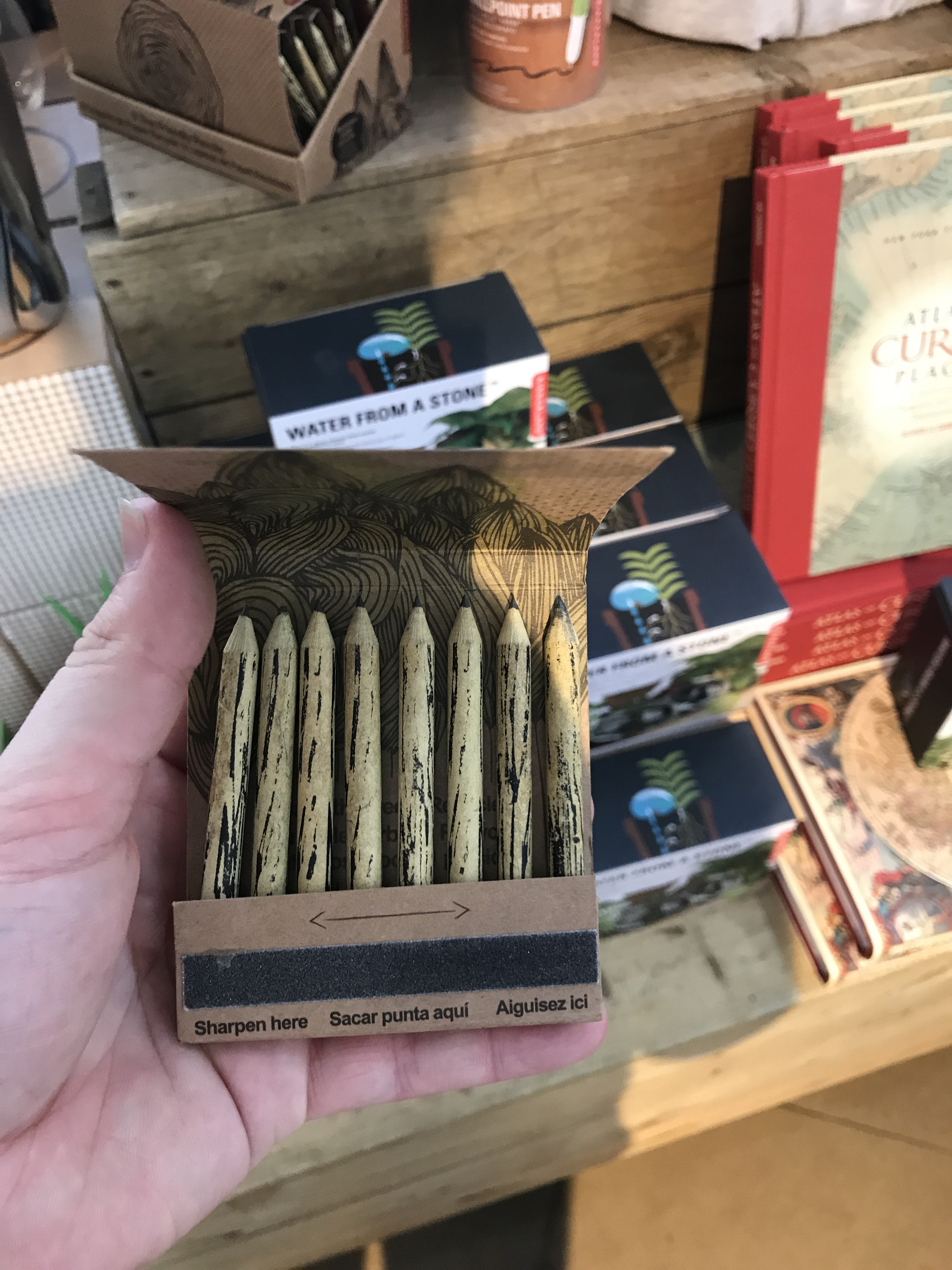ACT I
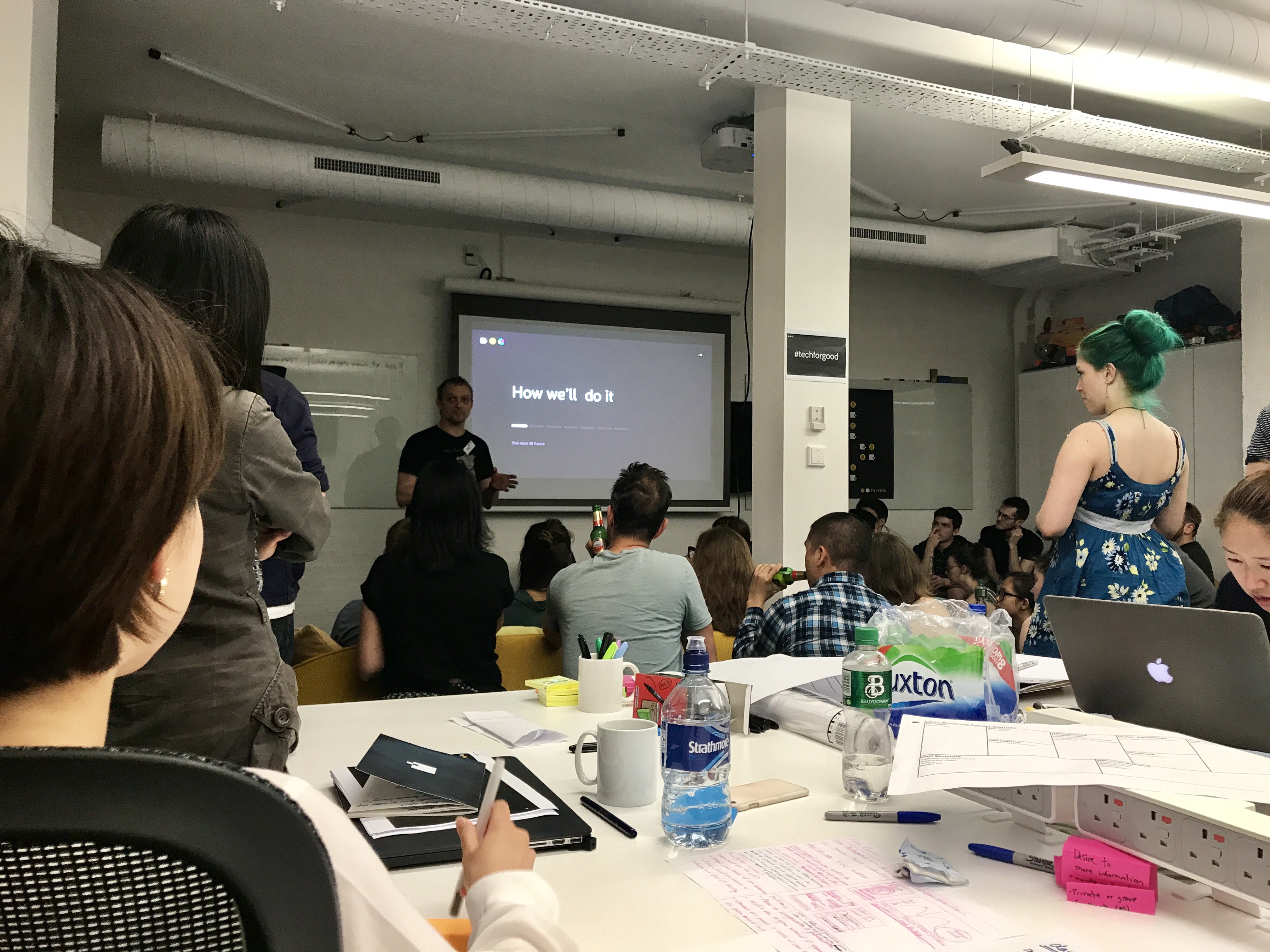
We arrive at Big Radical, start introductions, and receive a summary of the brief we’d been emailed in advance.
My teammates and I had a quick icebreaker to get to know one another. Then, we decided we’d generate the most agile ideas most quickly if we spent about 20 minutes broken apart to come up with a pitch independently—before deciding on a strong direction as a group. That we chose to do this step was important to design, in my opinion. Just like it’s quicker and easier to sketch something out on paper than mock it up on a computer, we leveraged one another’s’ creativity and different approaches to come up with a wide range of ideas. Most of us had initial concepts completely unrelated to our final pitch, too, meaning that we could return to develop them further one day down the line. It was super cool to hear how everyone at the table had a different take on what solving our problem might look like.
After choosing a topic, we realized we’d fallen behind time. The race was on.

ACT II
Various timed goals and modules kept us on track throughout the course of the jam, and we bounced back quickly from our initial setback. The only thing standing in our way after that was one another.
I love working on a team. Working alone, or without access to feedback, you can’t possibly accomplish what you could with a partner or small group. A team is most effective when its members are united by mutual respect and dedication to the work, but a diversity of opinions and ideas. We certainly had a range of personalities and communication styles at our table, and I think we ultimately negotiated the challenges of suddenly teaming up with a group of strangers well. We all got to know each other a bit better, respect one another’s input, and focus on a common goal. We had some fights and some sticking points where we didn’t see eye-to-eye, but everyone was able to communicate the reasoning behind their choices, and we became better for it.
Getting to know my tablemates reminded me a lot of my team at my job. We’re 7 of the most different people you’d ever meet—if they built a sitcom around us, no two stereotypes would overlap—but we’ve become so close over the years that we’d just about do anything for one another. We’ve also gone through the ringer on feedback. I know I can trust my team to have my back or to offer constructive criticism or advice, and hear the same from me. I’ve grown a lot as a team player since joining them a couple of years ago. We share a genuine love of what we do, and a desire to contribute to the larger team, and that translates in our work and our friendships together. I could feel the same drive at my table at Big Radical, and it energized me at times both to speak up and to listen.
But—oh! I’m still on a time limit here!
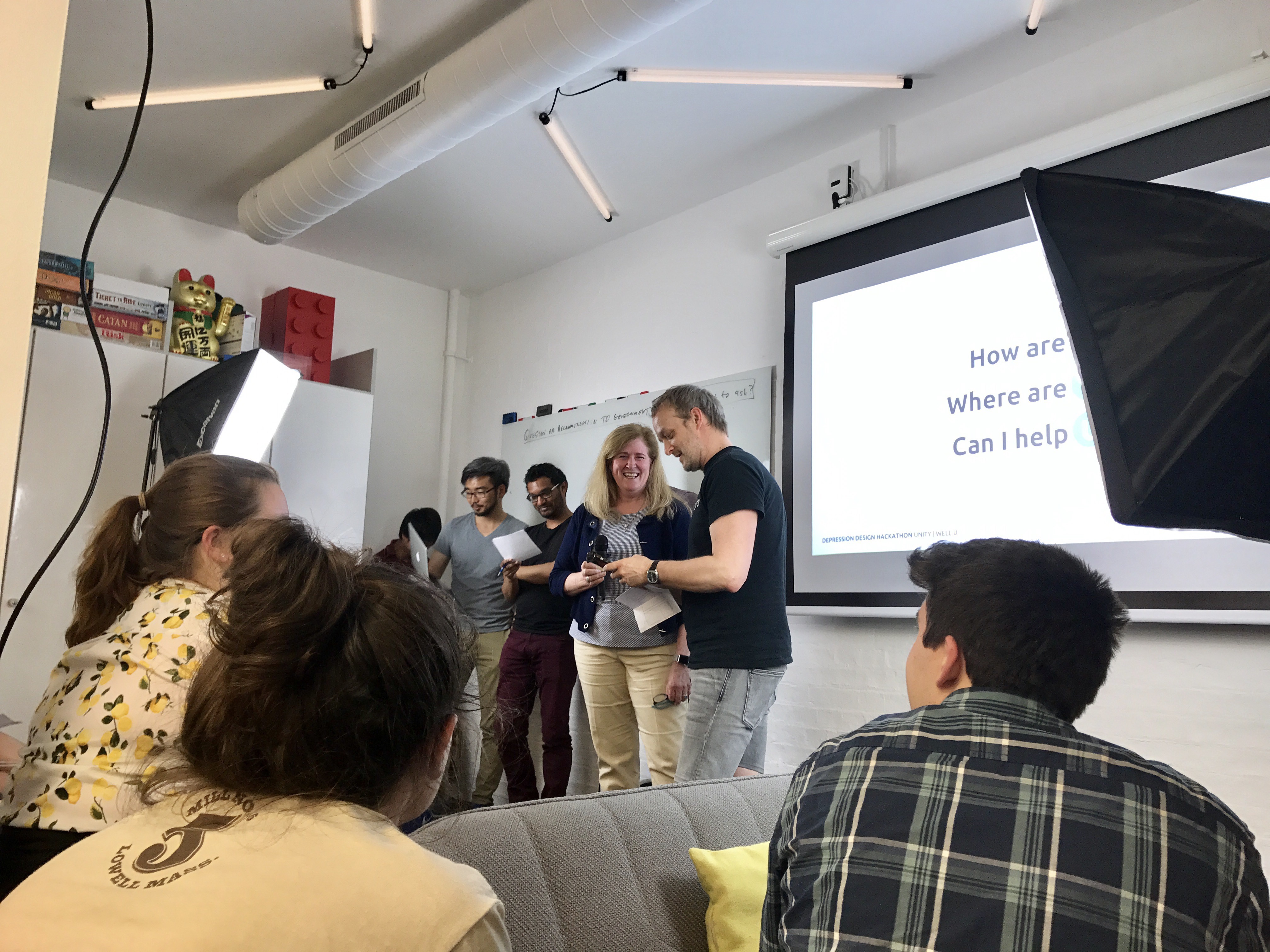
ACT III
Presentation time finally arrives. This was another time I was reminded of my job back home. I started working as a public speaker over 7 years ago, and my day job right now is delivering workshop presentations and internal trainings. I have to get up in front of people a lot. Sometimes I’m talking to a group of 5 in a noisy store, sometimes I’m on a panel discussion at a conference, and sometimes it’s 3,000 pairs of eyes staring back in a school assembly, but every scenario has its challenges. I’ve not yet found the secret to conquering nerves. (I’m starting to suspect, and this might blow your mind, that maybe there isn’t one.) My teammates and I squeezed in just enough drills of our presentation that we had our timing down pat, with 15 seconds to spare for all the unexpecteds that come with nerves, technical difficulties, and human nature.
Yet another thing that reminded me of my team at work, as well as other people I’ve presented with over the years. Cultivating the focus needed for a short presentation, learning to craft a compelling narrative, and rehearsing its delivery are all skills that must be pursued and practiced in order to improve. It was clear that my co-pitchers were as excited to deliver as I was, and we amped one another up. I think I learned a lot from working with the team and delivering that pitch, and I’m super grateful for the incredible opportunity given to us by Big Radical and our professors. I feel like I got to learn new ways to communicate every day on this trip.
Speaking of narrative, I know this hasn’t strictly followed the three-act structure, but we’ve now got just two steps to go.
Climax: The judges’ deliberation. People were buzzing with energy talking about things they loved in other groups’ work and discussing which would win the jam. Our concept wasn’t going to win, but I don’t really care that much about that kind of stuff. It does help the process and motivation for a lot of people, so I do appreciate competition as an element. I loved how passionate people were about the chance to impact depression in young people, which is a serious issue back home as well as in the UK.
Denouement: We waited for the results, and then it was award time! Some of my team mates and UML classmates were called out by name. Some of the recognition was named after Kung Fu Panda characters, and I ended up receiving the “Po” award. I love Po dearly (I think everyone knows about my love for animation of every sort) and I was pleased to share a stage with him. We’re both a little goofy, have a belly, and get caught up in whatever we’re trying to do. My cool classmate got Tigress, too, which suited her personality and was also kinda fitting for the two of us—we did not know each other at all before this trip but it threw us together, and I would say we’re friends now. That’s true of everyone on the trip. None of us expected to love one another the way we did by the end of it. The design jam, for sure, contributed to that,
#designforgood
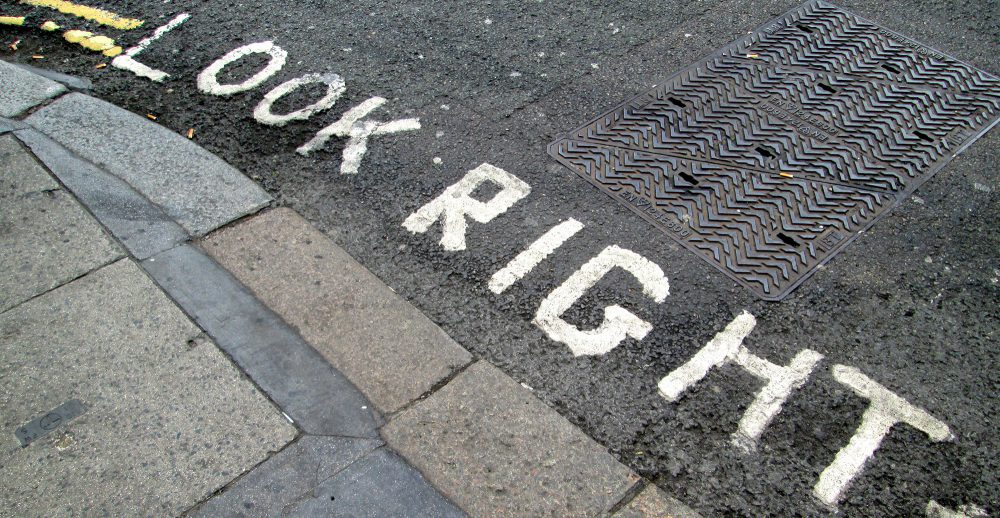


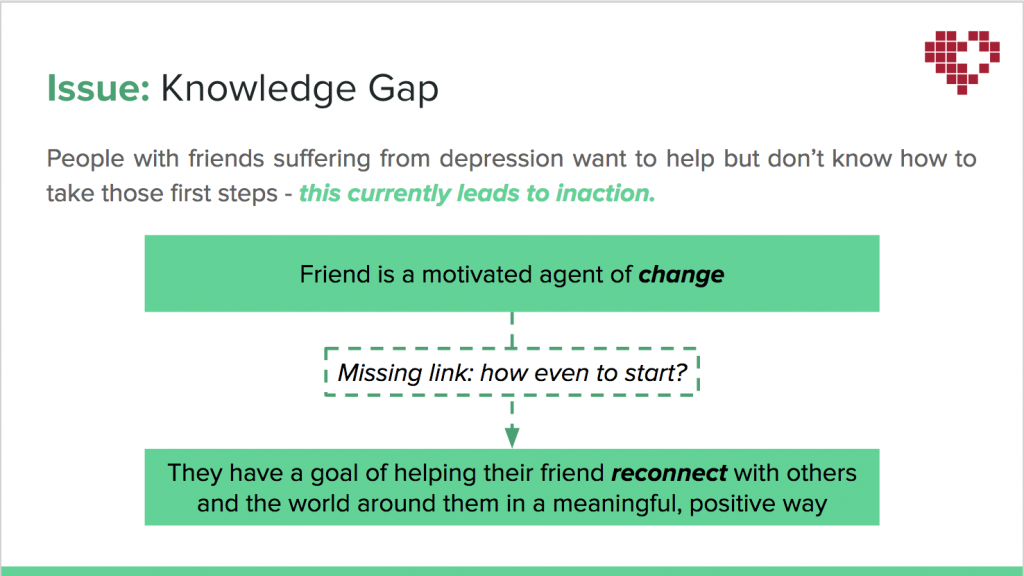
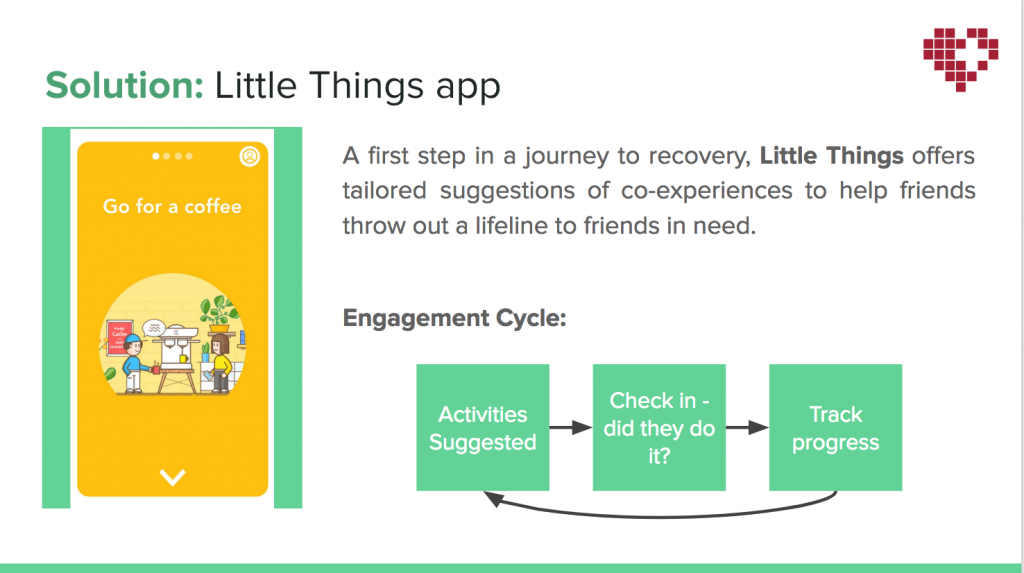
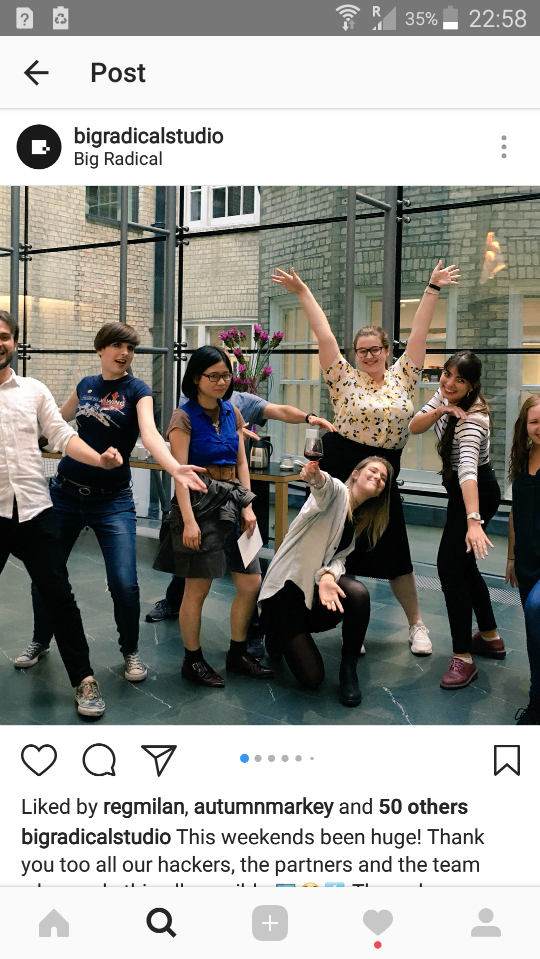
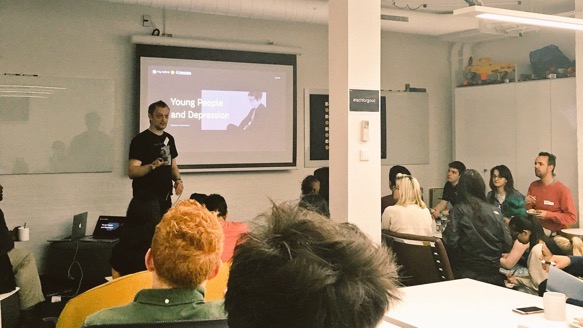





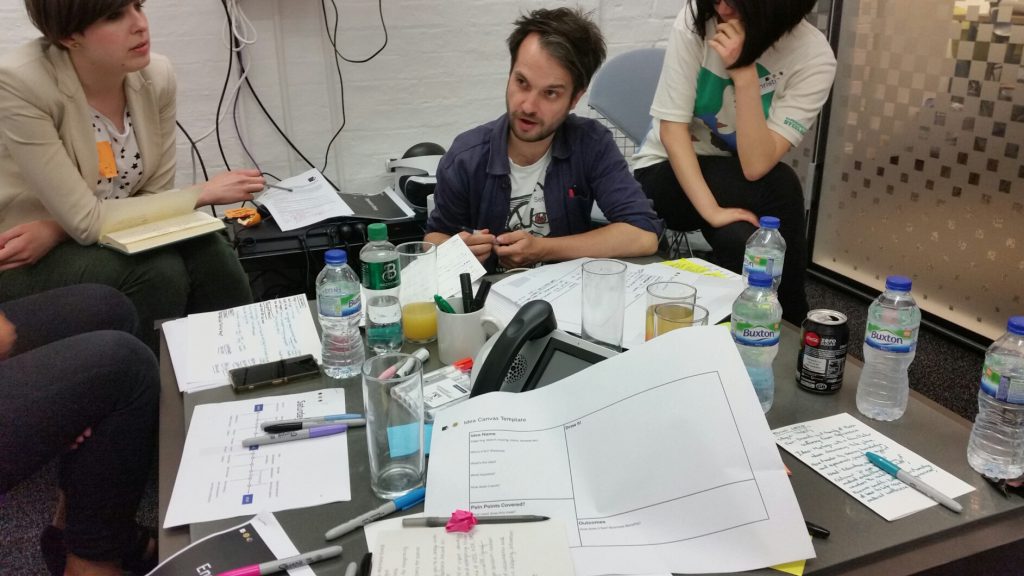
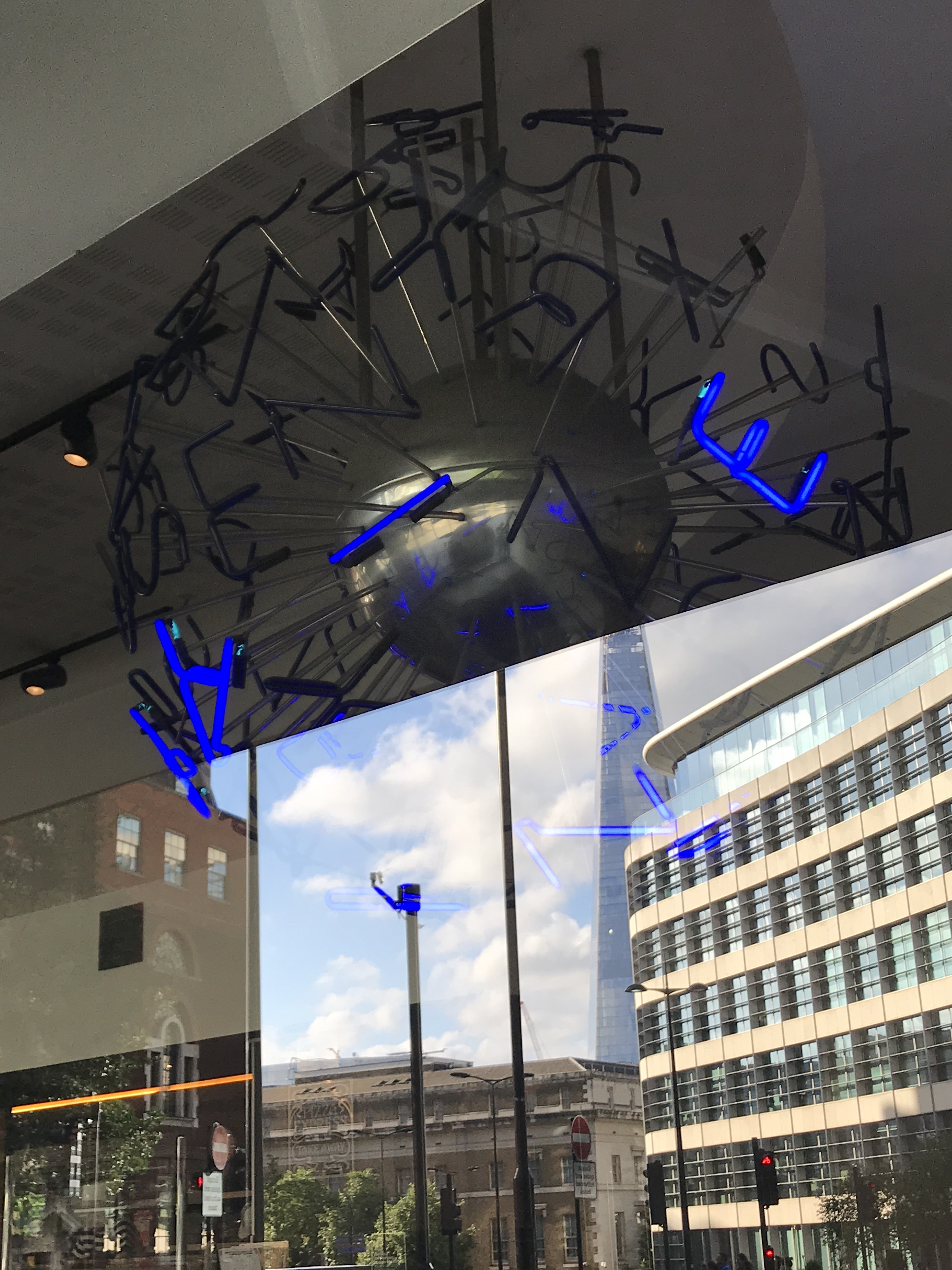

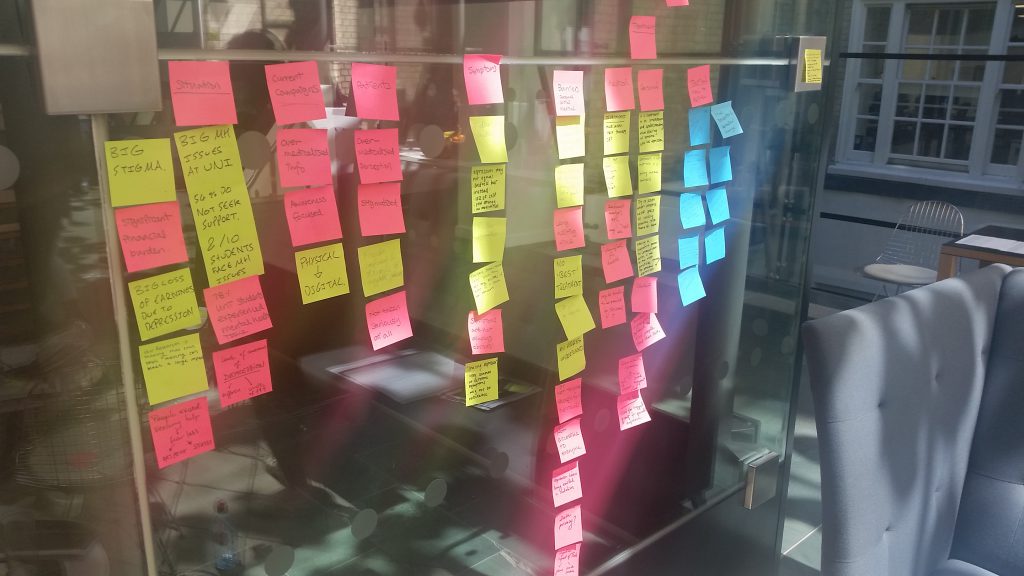
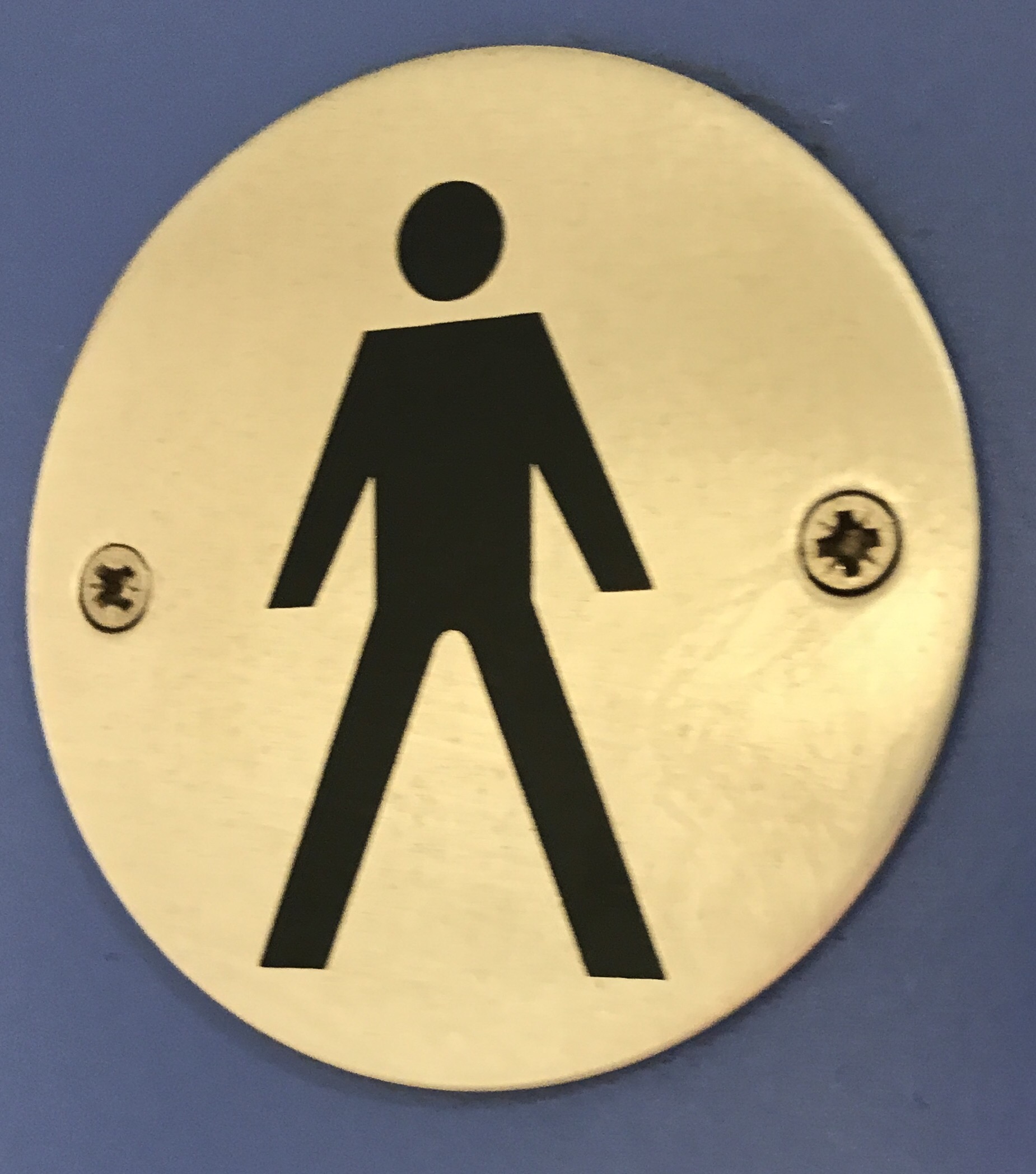 This restroom sign made me laugh because its limbs are so strangely proportioned and angled. We’ve examined many wayfinding systems on this trip. Many people who aren’t designers, or in a design program, hear our major and think “graphic design” is purely creating images. The reality is that the meaning behind something is the true root of design. For example, the most important part of a wayfinding system is that you can actually find your way. Everything else should be in service to that goal. Of course, that doesn’t mean the appearance isn’t important or part of what we do; it’s just that we start with the purpose before choosing trappings suited to it. Then, I see signs like these: a perfect example of an image that’s clear, functional, and simple, but just looks silly as an image. It was a good reminder to treat each stage of a design project with just as much care and significance.
This restroom sign made me laugh because its limbs are so strangely proportioned and angled. We’ve examined many wayfinding systems on this trip. Many people who aren’t designers, or in a design program, hear our major and think “graphic design” is purely creating images. The reality is that the meaning behind something is the true root of design. For example, the most important part of a wayfinding system is that you can actually find your way. Everything else should be in service to that goal. Of course, that doesn’t mean the appearance isn’t important or part of what we do; it’s just that we start with the purpose before choosing trappings suited to it. Then, I see signs like these: a perfect example of an image that’s clear, functional, and simple, but just looks silly as an image. It was a good reminder to treat each stage of a design project with just as much care and significance.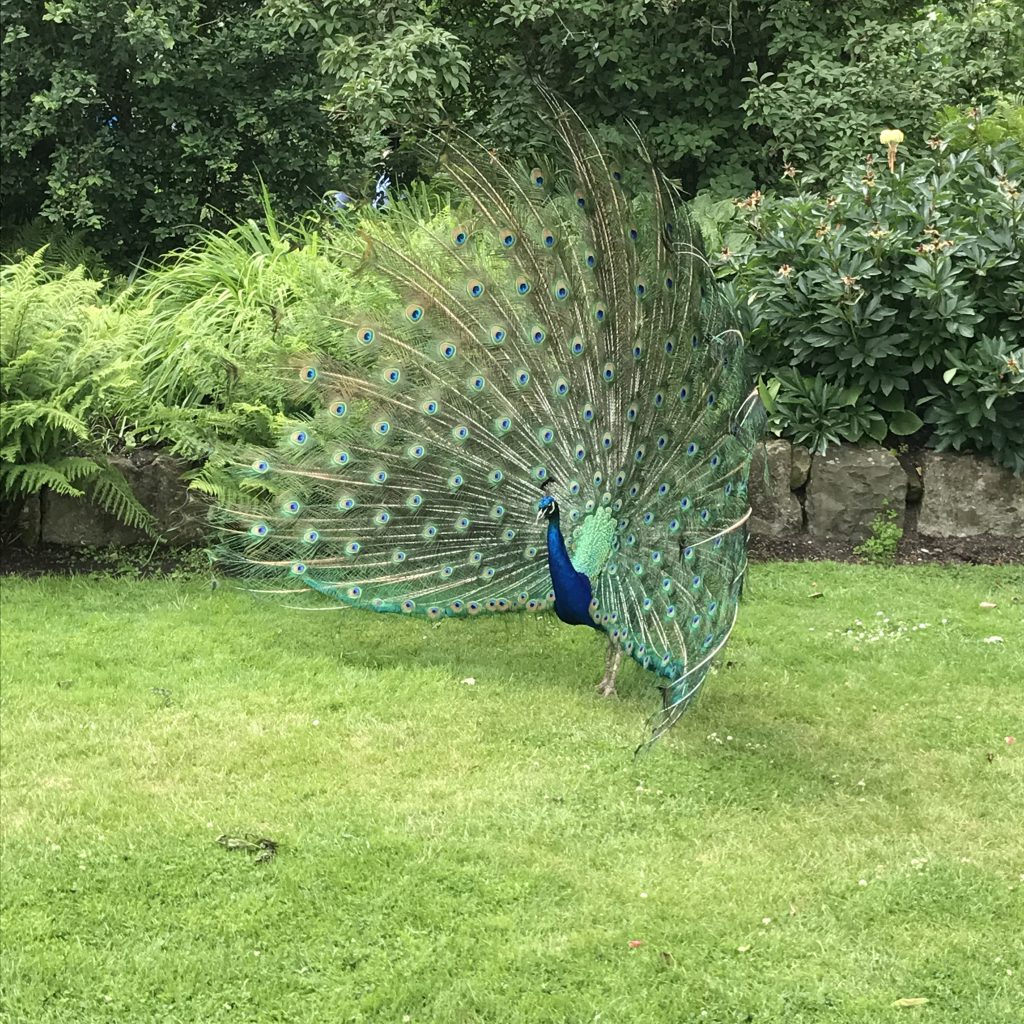 This vain little peacock put on a show for us! We had started to walk away when he yelled, “come back!”, and started to lift his tail.
This vain little peacock put on a show for us! We had started to walk away when he yelled, “come back!”, and started to lift his tail.